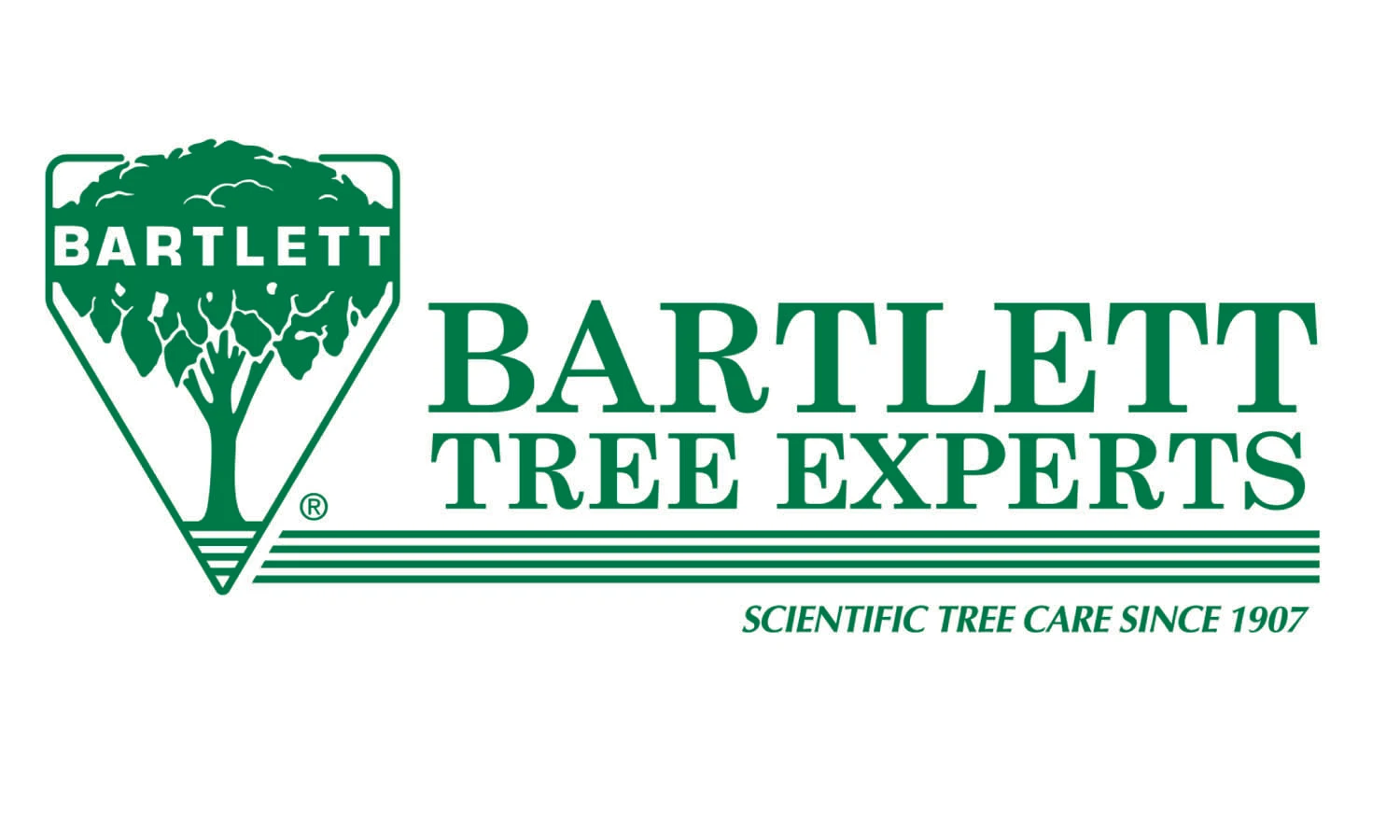
Nothing seems more frustrating and fosters more fear among business owners than the challenge of finding and hiring good, hard-working employees in this fast-changing political and growing economic climate.
How do you attract good people? Your company needs to be visible, attractive, credible and memorable to generate enough candidates. Hiring good, hard-working employees is like deep-sea fishing – the best fishermen bring enough fish on deck so they can be choosy and decide which ones to keep.
Rule #1: Recruitment is a marketing function.
If your growing company is trying to achieve above-average margins and profitability, your marketing efforts should be focused, not only on finding new customers and clients, but also recruiting high-achieving employees.
For your company to be attractive to potential employees, you need to market your company in the communities where you are looking for employees:
- Craigslist, Indeed, Monster, Snagajob and Ziprecruiter may all be good solutions for hiring employees, but some companies in the landscape industry are posting jobs on LinkedIn for landscape laborers, which on close examination only had 13 views in two weeks. Using LinkedIn and Indeed to find managers, on the other hand, has proven to be highly effective for my clients.
- If you are looking for someone who is fluent in another language, you need to market to them in their language. Advertise where they are living.
To be attractive, be sure your company has a professional website with compelling content on a careers page and sections that showcase your credibility.
Not all prospective employees are immediately available or looking for new employment opportunities now. So, recruitment efforts must also be memorable.
Remember, you are competing with other landscape and construction-related companies in your same market. So, why should potential employees choose you? A business that showcases its strengths and differences can be compelling. Is your company a fun place to work? Are you family-friendly? Do you offer better pay? Highlighting perks or benefits that might be most attractive to your candidates is paramount to be effective in attracting qualified, enthusiastic employees.
Finally, what do you value? And why do you do what you do? Companies that have clearly and frequently messaged core values, core competencies, and purpose achieve above-average profitability.
“Give your employees the opportunity to become learners. Team them. Mentor them. Engage them.”Jonathan Goldhill, executive and stratgeic coach
Rule #2: Hiring great managers takes time.
If you are going to be successful in hiring good employees, follow the simple adage, “Hire slowly, fire quickly.” Too many business owners do the opposite and then struggle with new employees who aren’t completely qualified to do the job. Make it your goal to hire the best you can afford. I recommend hiring “A” players, but I recognize this can be a trap.
Instead, hire learners. Learners are leaders. Don’t get hung up on where they’ve been, what they’ve done or who they did it with and for. Try to read where they are now and where they would like to be in the future. Hire people with passion. This can mean as much or more than talent on their resume. While you surely will pay more for top talent, it’s always worth it.
Leverage your hiring with methodologies such as Topgrading, developed by Brad and Geoff Smart, the brains behind the “A” player hiring developed under Jack Welch at General Electric. Topgrading is a corporate hiring and interviewing method that is intended to identify preferred candidates. The methodology is a 12-step process that includes:
- Extensive and multiple interviews
- Competency questions
- Detailed job scorecards
- Lengthy and comprehensive career history
- Discovery of experience
- Coaching new hires and in-place team members, especially challenging ones
- Asking candidates to set up reference calls with direct supervisors
- Tandem interviews lasting two to four hours
All of that does take time, discipline, organization and preparation to be effective.
I have always shared the simpler “3 x 3 x 3” interview practice: three different interviewers, three different dates and three different locations. I believe if three of your people meet a candidate at three different times/dates and in three different situations/settings, then you can get a pretty good overview of how the candidate will react in different settings.
Meanwhile, spend time talking to candidates about your company’s values and seek to ascertain how well they will fit with your ideal company culture and match up to your company’s core values. If you don’t have those things defined, work on developing them.
Rule #3: Cultivate your current workforce.
Some of your best new hires may come from your current employees – ask them for recommendations and offer them incentives to bring in good people who stay with the company for at least 90 days.
And give your employees the opportunity to become learners. Team them. Mentor them. Engage them. Ask yourself, “What more could I be doing to motivate them?” If you can’t do more, ask yourself if you would enthusiastically rehire them? If not, then why are you not looking to find replacements? It’s not always easy to make these types of choices – perhaps the employee is a family member or maybe he or she just isn’t being effective in the job. But, in the end, you need to do what’s right for you.
Lastly, don’t try to go it alone. There are advisors, coaches and mentors who can help you – all you have to do is reach out.

Explore the April 2018 Issue
Check out more from this issue and find your next story to read.
Latest from Lawn & Landscape
- PBI-Gordon adds Kevin Laycock to vice president role
- What you'll see at Lawn & Landscape's Technology Conference
- TruArc Partners acquires Schill Grounds Management
- Perennial Services Group recapitalizes with Brentwood, Tenex
- Our first issue of 2026 is live
- Senske's Emerald Lawns adds Greenup Lawn and Shrub Care
- Giving back with words
- Turning books into thoughtful, interactive learning





